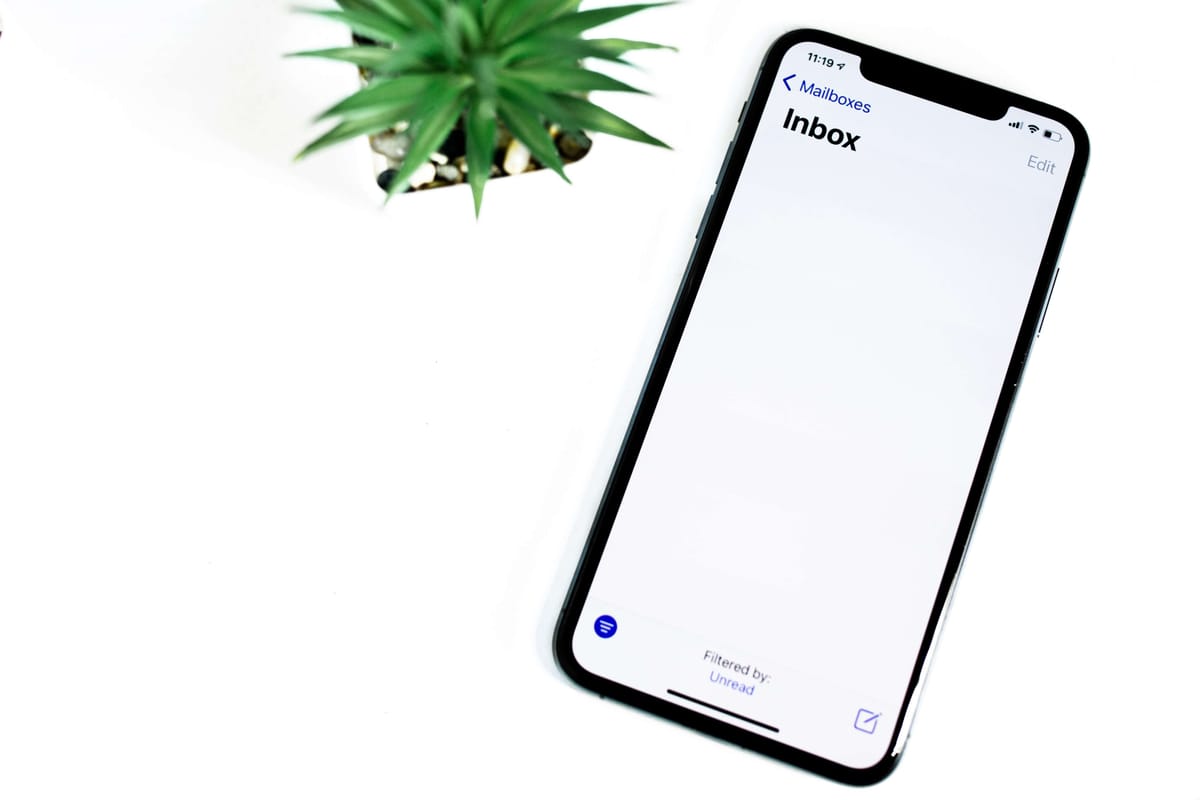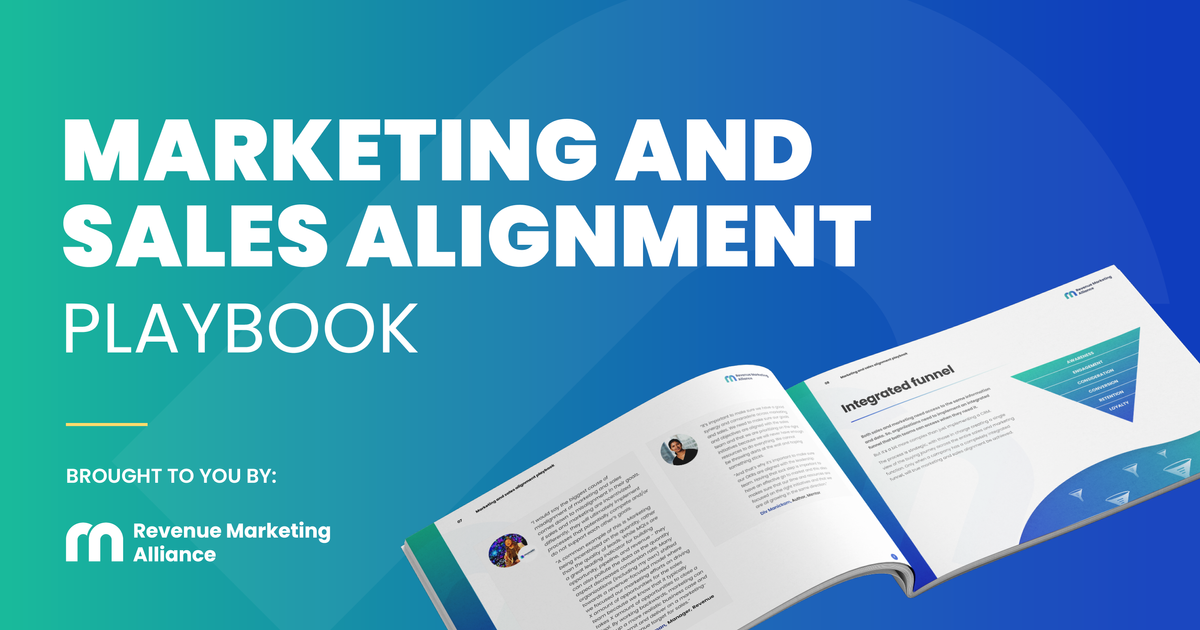Did you know that a 5% increase in customer retention can lead to more than a 25% boost in profit?
It’s also cheaper to retain customers rather than acquire new ones, so it’s important you nurture existing relationships to ensure your buyers continue to choose your brand. Loyal customers also tend to spend more and provide invaluable word-of-mouth referrals.
Let’s look at some retention marketing strategies that can help you drive that loyalty – and maximize customer lifetime value.
1. Personalized experiences
Personalization continues to be hugely important. In fact, it can lead to a 10-30% increase in the efficiency of marketing spend.
First, you should segment your customers based on things like preferences, behavior, and purchase history, which allows for more targeted marketing – you probably already heard the phrase, “If you try to be all things to all people, you won’t be anything to anybody”, which really showcases the importance of defining your target market.
You must also use data-driven insights to offer personalized recommendations, whether that’s through email, your site, or app notifications.
2. Excellent customer service
43% of customers are more likely to buy from a company if they receive good customer service, and 85% are willing to go out of their way to buy from a brand that offers a better experience (up from 76% last year). The importance of good service couldn’t be clearer.
But what does that look like?
If you’re looking to improve the way you do things, make sure you’re offering a service that’s easy to access, whether through online chat, phone, or email – and be quick to answer your customers’ queries too. You don’t want to leave people hanging.
In addition, you should follow up with customers when they make a purchase, so you can check how satisfied they are and address any potential issues they may have.
Train your support teams to go above and beyond when it comes to resolving issues, which can turn a potentially negative customer experience into a positive one.
3. Loyalty programs
Retention marketing strategies often include loyalty programs, and for good reason.
According to Gartner, 1 in 3 businesses without a loyalty program will likely establish one by 2027, as they seek to “shore up first-party data collection and retain high-priority customers”. After all, members of loyalty programs generate 12-18% more revenue a year for retailers than non-members.
Do you already have a loyalty program? If not, consider implementing one.
These programs can look very different, depending on your business model and your customer base, but you could choose between:
- A points system where customers earn points every time they buy one of your products. They can redeem the points for discounts, free products, or offers.
- Tiered rewards, where you can offer different levels of rewards based on how much your customers spend; the more they buy, the more valuable the rewards they unlock.
- Exclusive perks, since they provide loyalty members with early access to new products, special sales, or exclusive events. For example, some of the perks of being a Revenue Marketing Alliance Pro+ member include access to our courses and a free ticket to an in-person event.

4. Subscription models
“A successful way of long-term customer retention for many businesses has been through a subscription model. This can guarantee a steady stream of revenue while also allowing companies to showcase new or exclusive products.”
Think about setting up a subscription to a product or service that customers regularly need. You’re encouraging repeat business by doing so, whether you sell beauty products, meal kits, or software.
Offer a discount or added value for customers who opt into a subscription plan versus those who perform one-time purchases.
5. Engaging content marketing
Content marketing can help boost your retention rates because you’re building a deeper connection with people, improving their overall experience, and providing value beyond their first purchase.
If you’re unsure what to focus on, think about your audience and what they’re looking for and could benefit from. Blogs and videos, for instance, allow your customers to learn how to better use your product.
User-generated content (UGC) can be very helpful, too – according to research, UGC is 8.7x more powerful than influencer content and 6.6x more powerful than branded content. So, why not encourage people to share their experiences and then use that content in your marketing, building that all-important sense of community and trust?
Finally, don’t forget about the art of storytelling. Share stories about your brand, include behind-the-scenes content, show success stories, and so much more. All of this can help you build emotional connections with customers as well.
6. Email marketing
With a projected revenue of 9.5 billion USD in 2024, don’t miss out on a slice of that email marketing pie.
You can adopt many different strategies, such as re-engagement campaigns for customers who haven’t bought from you in a while, targeting them with special offers and reminders.
Also, send personalized ‘thank you’ emails after a purchase, which keeps customers happy and engaged, especially if you add a discount for their next purchase.
And why not celebrate milestones, such as anniversaries with your brand, with personalized messages and rewards? Your customers will surely appreciate them.
Read more about how email marketing can improve customer retention.

7. Referral programs
Customer referrals can lead to higher retention rates and growth because they leverage existing customers to bring in new ones while reinforcing the loyalty of the referring customers.
So, incentivize referrals to refer their friends and family by offering rewards like discounts or free products, make it easy for people to share referral links through social media or email, and use tracking systems so that referrals are attributed correctly.
8. Churn prevention
PWC research found that 32% of respondents would “walk away from a brand they love after just one bad experience”. Keeping customers happy is crucial, so your retention marketing strategies should include churn prevention.
Use data to predict which customers are at risk of churning and target them with personalized retention efforts (e.g., a tailored offer).
Win-back campaigns, in which you reach out to lapsed customers with special offers or incentives, can encourage them to return.
Of course, you should also keep collecting feedback at every opportunity, since you want to act on any potential issues before they cause customers to churn.
9. Great onboarding process
Onboarding’s designed to help customers fully understand and effectively use your product or service. It usually includes emails, tutorials, webinars, or in-app guides that walk customers through the features and benefits of the product.
Onboarding can lead to increased product adoption rates as customers are encouraged to explore and use the features of a product, but it also leads to higher satisfaction levels, since people feel supported and confident in using the product – leading to higher retention rates.
Starbucks: Retention marketing strategies in action
Looking for an example to inspire you to implement your own retention marketing strategies (and which combine a lot of what we mentioned in this article)? Then there are a few lessons you can learn from Starbucks, which have led to increased customer loyalty and repeat business.
Starbucks has a rewards program in which customers earn stars when they buy something (1 star for every $1) and can redeem them for drinks, food, etc. There are also tiered rewards, where higher spending unlocks more benefits, encouraging people to come back for more.
Members of the program receive personalized offers based on what they’ve previously bought; these are often time-sensitive, prompting customers to buy before they expire.
Mobile is a huge strategy for Starbucks as well. Their mobile app allows people to order ahead and skip the line, and integrates with their rewards program. The convenience of the app, plus the rewards, is designed to encourage customers to choose Starbucks over other brands.
Starbucks sends personalized content, like product announcements and special promotions, through email, keeping customers engaged and up-to-date.
The company also engages customers on social media, where they also share user-generated content, respond to questions, etc.
Make sure your marketing and sales teams are aligned if you want to generate over 200% more revenue from your marketing! After all, when these two departments work together, you’re likely to see an increase in your customer retention.




 Follow us on LinkedIn
Follow us on LinkedIn



